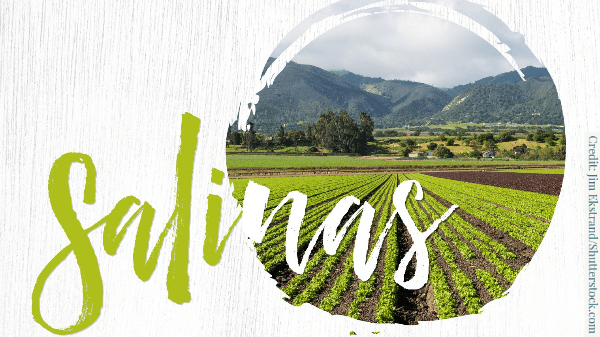Until recently, lettuce, for most Americans, meant iceberg: there was no other kind. As recently as the 1980s, it accounted for 95 percent of the lettuce grown. Romaine then was more or less restricted to the Caesar salad.
In recent decades, romaine has edged its way into parity with iceberg. Scott Horsfall, president of the California Leafy Greens Marketing Agreement BB #:210653, says romaine today accounts for some 40 to 45 percent of lettuce production; the percentage of iceberg is about the same.
Growing and shipping delicate leafy greens is always precarious, and of late it has been complicated by safety issues. Bill Marler, a Seattle-based attorney specializing in food safety litigation, recounts, “From 1993 to 2000, most of my cases related to hamburger. Starting in 2003, I started to see more and more leafy green E. coli cases.”
It’s not a mystery why leafy greens should be so hard-hit. They’re extremely popular, so more of them are eaten. Furthermore, they’re usually eaten raw.
Cut and bagged lettuce pose another issue.
“We know that bagged lettuce is inherently more problematic for contamination than the not-bagged lettuce [or] just buying a head of leaf or iceberg or romaine,” says Jennifer Ronholm, a food safety expert at McGill University, quoted in Canadian Grocer.
“When you cut leafy greens up for one of the bagged salads, the bacteria can actually enter the wounds of the plant and hide out inside the leaves,” Ronholm says. “These leaves are washed in chlorinated water to surface-decontaminate them, [but] once they’re cut, you could have bacteria inside the leaves.”
By contrast, a head of romaine or iceberg has only one cut, at the root.
After the 2006 E. coli outbreak in spinach, Marler says, “Everyone thought [it] would be similar to the Jack-in-the-Box case for the meat industry” (referring to a 1993 incident in which E. coli was found in hamburger patties in seventy-three Jack-in-the-Box restaurants, prompting stricter industry practices).
This outbreak led to the formation of the LGMA in 2007. The LGMA is a marketing agreement rather than a marketing order. The difference, Horsfall explains, is that a marketing agreement is voluntary, while a marketing order is enforced by law. But he hastens to add that the organization’s 100 members account for nearly all (98 or 99 percent) of leafy greens sold.
In early March, the U.S. Food and Drug Administration released its Leafy Greens Action Plan, which builds on the best practices in the Food Safety Modernization Act’s Produce Safety Rule.
LGMA released a statement showing its support for the plan and its intention to enforce its provisions among members.
In its March issue, Consumer Reports’ cover story was on leafy greens safety, and it quoted sources saying FDA needs stricter rules.
CR also advocates passage of legislation by Sen. Kristen Gillibrand (D-N.Y.) and Rep. Rosa L. DeLauro (D-Conn.) that aims to strengthen the FDA’s ability to pinpoint bacteria sources, for example, by giving it the power to inspect neighboring livestock operations—which it does not now have.
This is multi-part feature adapted from the Salinas Spotlight in the March/April 2020 issue of Produce Blueprints.



